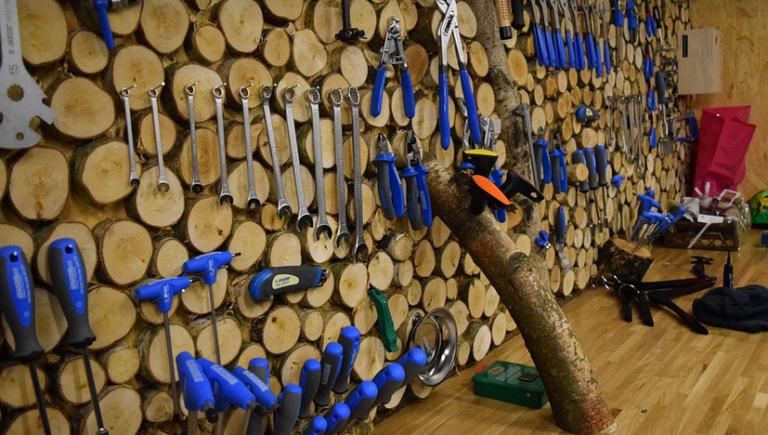
A Silent Threat, a Bigger Problem
The emerald ash borer (EAB) is wreaking havoc on our beautiful ash trees across the state of Minnesota. This tiny invasive beetle has been actively destroying vast swathes of these iconic trees for years, leaving behind a trail of devastation and impacting not just the landscape but also our communities and ecosystems. It’s a silent threat that’s often overlooked until it manifests as noticeable branch loss or dead ash tree stands.
Understanding the Enemy: What Makes EAB such a Threat?
EAB is an invasive species native to Asia, but its journey across the globe has brought devastation to North American forests. They are small, metallic green beetles roughly 1/4 inch long with serrated edges on their mandibles and wings that help them fly up to 20 miles per day. This unique combination of features allows them to quickly colonize new areas and decimate large populations of ash trees.
What makes EAB so dangerous is its unique feeding behavior. Adult EAB beetles are attracted to the inner bark of ash trees, where they lay their eggs. Once hatched, their larvae tunnel and feed on the surrounding tree tissue, ultimately killing the tree. This process can take years, making it difficult to detect early stages.
The problem with this beetle is that there’s no natural competitor or predator in North American ecosystems. As a result, EAB has become a relentless pest that leaves behind a legacy of weakened and dead ash trees.
How Can We Fight Back? Treatment Options for Ash Trees
Protecting our ash populations requires a multi-pronged approach. The most effective solution is often to focus on prevention, but when an infestation becomes unavoidable, there are several treatment options available. Let’s look at some of the methods used by arborists.
1. Early Detection & Response
The key to combating EAB lies in early detection and response. Regular tree inspections, especially for those located near known infestation areas, are crucial. This proactive approach can help identify infestations at their early stages, allowing for intervention before significant damage occurs.
2. Tree Removal
In severe situations, when a tree is severely infested or nearing the end of its lifespan, removal may be necessary. It’s important to consult with qualified arborists who can assess the condition and recommend the best course of action. This practice helps prevent further spread of the EAB into healthy ash trees.
3. Biological Control
While research on biological control for EAB is ongoing, certain natural enemies of the beetle are being investigated. These include parasitic wasps and fungal pathogens that attack or weaken the EAB populations. However, finding a viable solution through biological control may take time.
4. Chemical Control
Chemical treatments are often used in conjunction with other methods to combat EAB infestations. Insecticides can target the larvae and prevent their development into adult beetles. However, this process requires careful application and ongoing monitoring to ensure efficacy and minimize environmental impacts.
5. Sanitation
Even if infested trees are treated or removed, good sanitation practices play a vital role in preventing further spread. This involves removing fallen ash tree debris that may harbor EAB larvae and reduce the chances of new infestations.
Protecting Our Ash Trees: A Community Effort
It’s crucial to understand that battling EAB is not just an individual responsibility but a collective effort within our communities. We must all play our part in understanding this threat, protecting existing ash trees, and fostering environmental awareness. Here’s how you can contribute:
1. Educate Yourself
Understanding the threat of EAB is essential for proactive prevention. Stay informed by visiting relevant websites or contacting public agencies dedicated to managing invasive species.
2. Report Suspected Infestations
If you suspect an infestation in your area, report it immediately to local authorities or a certified arborist. Early detection is crucial for effective intervention.
3. Support Local Programs
Many organizations work tirelessly to combat EAB and protect our urban forests. Consider supporting these initiatives through volunteer work, donations, or advocacy efforts. Your involvement can significantly impact the fight against this invasive pest.
Looking Ahead: A Future for Sustainability
The battle against EAB is not a sprint but a marathon. By implementing prevention strategies, seeking professional help when necessary, and remaining vigilant about future outbreaks, we stand a good chance of preserving our ash trees and protecting the beauty of Minnesota’s forests.
Remember: We are stronger together! Our communities and ecosystems will thrive when we work together to protect our environment.



